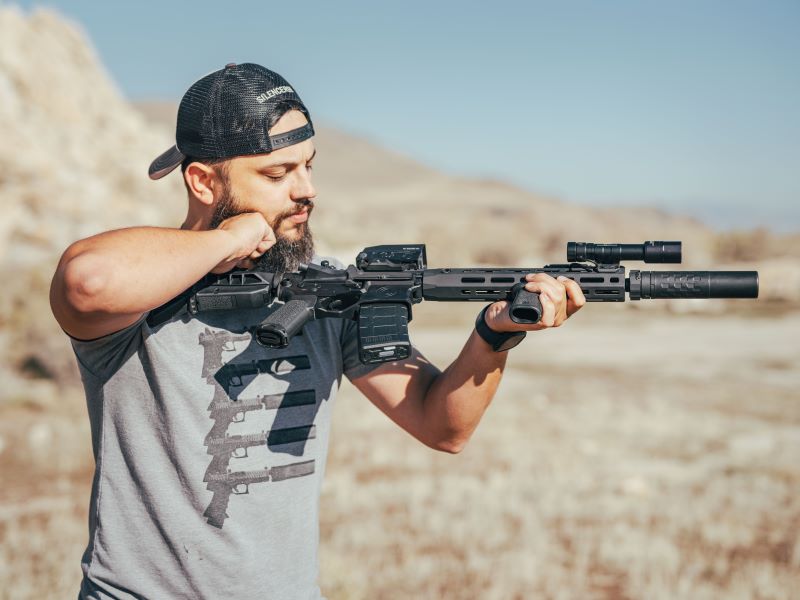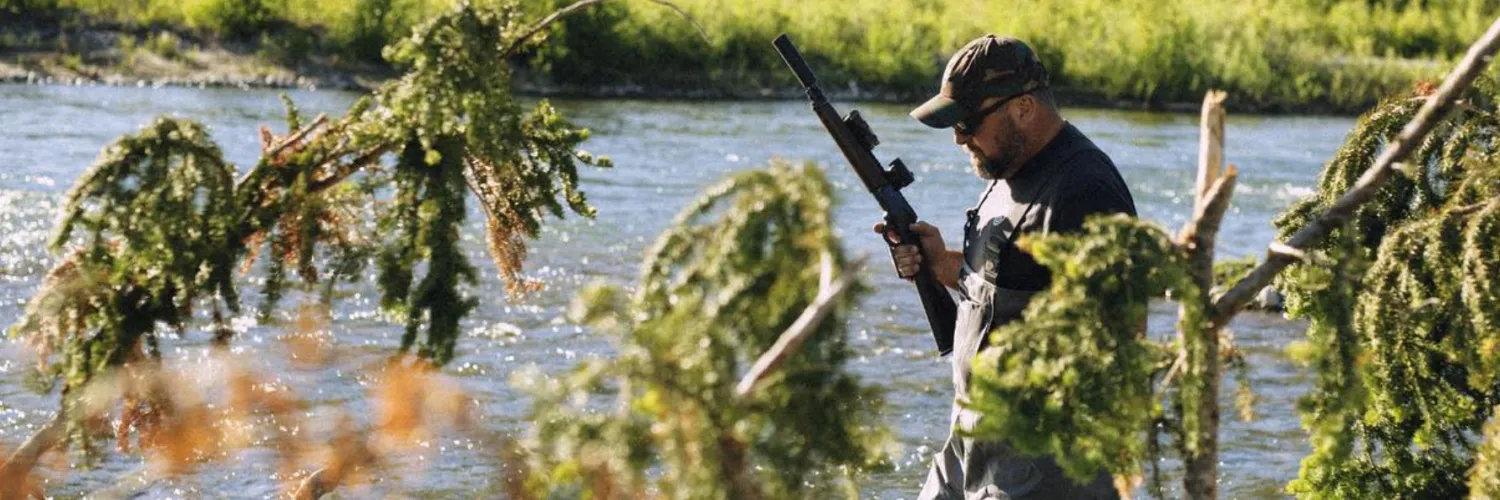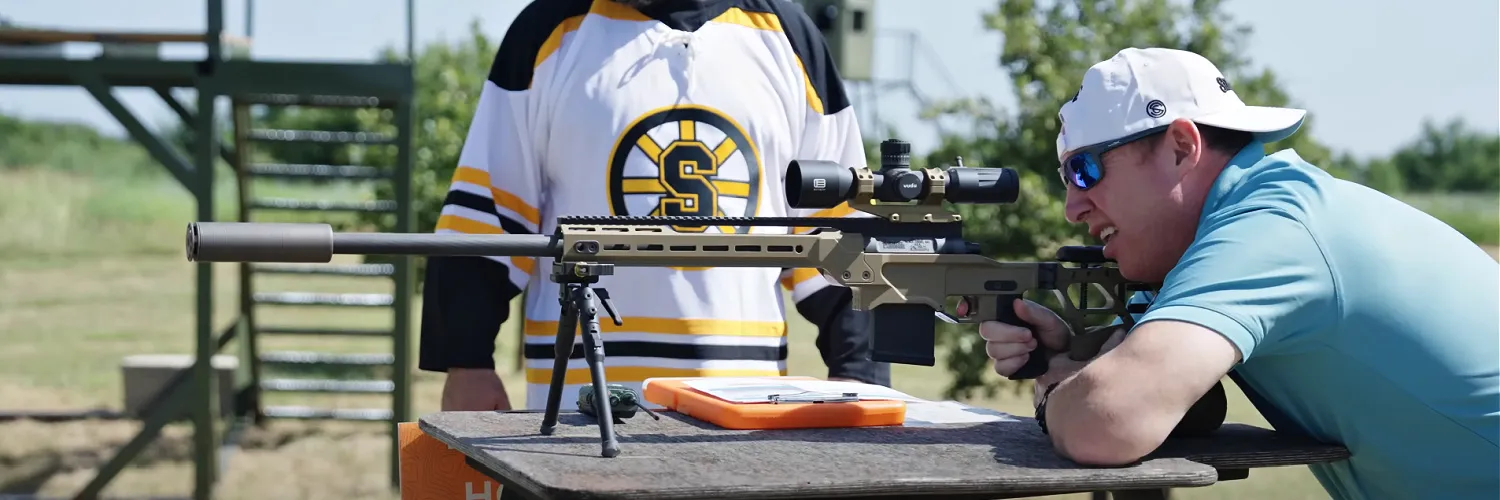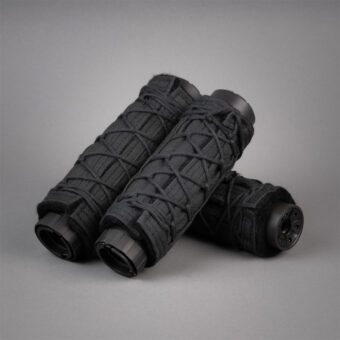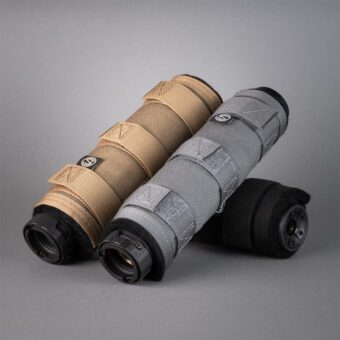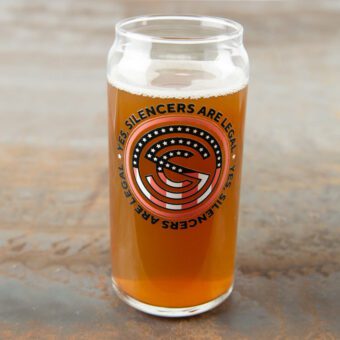Home / Firearms & Gun Parts / Barrel Length Recommendations for Silencers: Why Does It Matter?
Barrel Length Recommendations for Silencers: Why Does It Matter?
Barrel Length Recommendations for Silencers: Why Does It Matter?
Home / Firearms & Gun Parts / Barrel Length Recommendations for Silencers: Why Does It Matter?
Travis Pike
If you peruse the SilencerCo website, look through our catalogs, and speak to our people at trade shows, eventually, you’ll run into specs. As you dive into these specifications, you might move from the length and weight to material and caliber, and eventually, you’ll stumble across a minimum barrel length requirement.
You might wonder, what exactly does that mean? A suppressor is a suppressor. What does barrel length have to do with my suppressor? Well, today, that’s what we plan to explain. The reasons for these recommendations might not be evident to new suppressor owners, and it could be disastrous to try to use a barrel that is shorter than recommended.
Safety First
Safety is the primary reason that minimum barrel lengths are important when shooting suppressed. This includes the safety of the shooter as well as other people within the area.
Another issue is suppressor failure and longevity. If you attach a suppressor designed for a 16-inch barrel onto a 10.3-inch barrel, the best scenario is suppressor damage, and the worst case is a person being harmed.
The length of your barrel affects the amount of pressure that leaves the end of the barrel. This applies to all cartridges, but let’s examine 5.56. The 5.56 cartridge is designed for a 20-inch barrel, and every time you reduce that barrel length, several things happen. You lose some effective range, you lose velocity, and you get a much bigger muzzle flash and a much louder report.
That muzzle flash and resulting concussion occur because there is a lot more pressure coming out of that shorter barrel as the bullet exits the barrel. In a longer barrel, there is more time for the gas generated by gunpowder to burn, which results in less pressure as the bullet exits.
When you have a suppressor equipped to a rifle, all that pressure hits the entrance chamber of the suppressor. Suppressors are built to certain specs and tolerances, and the strength of your silencer can depend on a variety of factors. If the pressure that hits the entrance chamber is too much for the can, it can damage the can and potentially harm the shooter or those nearby.
Now that you know the basics of why there are barrel length recommendations, you can dig into the science behind them.
The Science
To determine safe barrel length, reputable suppressor companies use a series of calculations.
First, they figure out the right pressure levels for their suppressors. Pressure levels vary wildly between cartridges. Then, they determine a safe barrel length by using a hoop stress calculation. Hoop stress is found by multiplying the pressure in pounds per square inch by the diameter of the chamber, and then dividing by the wall thickness. Hoop stress is used in a wide variety of applications. If something has pipes, hoop stress is probably a factor.
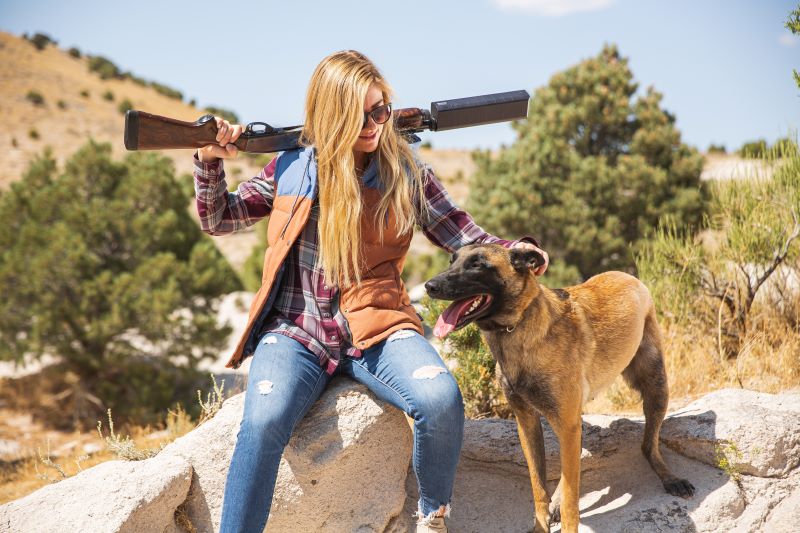
They then calculate the Safety factor, which is used in various applications, including automobiles and aircraft. Safety factor is found by dividing the yield strength of the wall material by the hoop stress.
This gives you a variety of ratings by numerical digit. A safety factor of two is what is acceptable for suppressors. A safety factor of two means the component will fail at twice the design load.
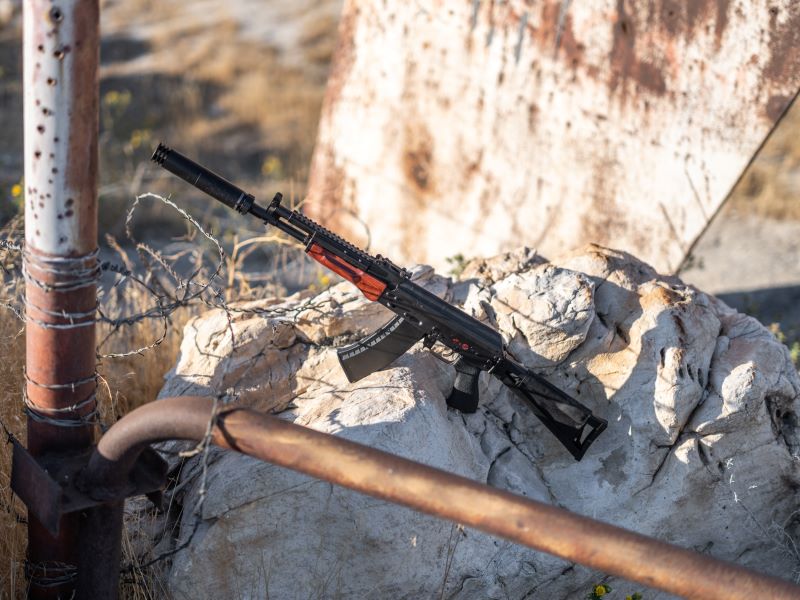
More Questions About Barrel Length and Suppressors
You may have just a few more questions about how these recommendations apply to your specific gun and suppressor. Here are some answers to the more common questions. Also, be sure to click the red button below to see the SilencerCo Barrel Recommendation Chart.
How To Measure Rifle Barrel Length
The industry standard is set by the ATF. The ATF measures rifle barrel length by dropping a measuring tool down the barrel with the bolt closed. The measurement does not count muzzle devices of any kind unless they are permanently attached. The ATF standard for permanently attached is a pin and weld job.
How To Measure Shotgun Barrel Length
This is exactly the same as for measuring the barrel length of a rifle. See above.
How To Measure Pistol Barrel Length
Pistol barrels do not have an ATF standard for measurement, necessarily. There aren’t barrel length restrictions on pistols. With an automatic, the barrel length is measured with the chamber included. Revolver barrel measurements are purely barrel — the chambers are not counted because they are the cylinder of the revolver.
Does a suppressor count when measuring barrel length?
Yes and no. Typically no. However, the ATF will accept it as part of the barrel if it is permanently attached, meaning it’s pinned and welded to the barrel.
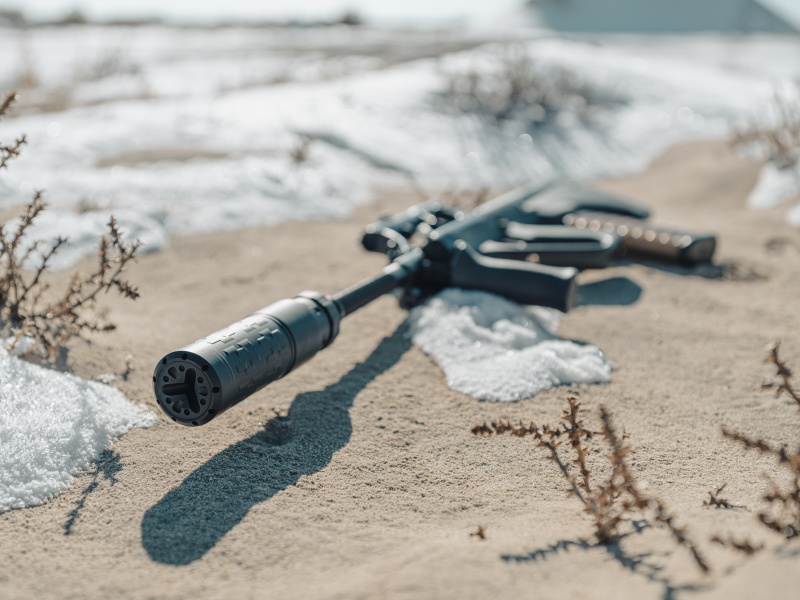
Do suppressors work better on longer barrels?
To a degree, a longer barrel can help suppression, depending on the caliber and platform. For example, a 5.56 from a 10.3-inch barrel is louder than a 5.56 round through a 20-inch barrel because the 5.56 is designed for 20-inch barrels.
At the same time, the difference between a subsonic .300 Blackout from a 10.3-inch barrel and a 16-inch barrel isn’t really noticeable. It really depends on the caliber and barrel length differences and how the round works.
Does barrel length affect accuracy?
Barrel length only affects accuracy mechanically in the length that’s required to stabilize the projectile. A 7.5-inch 5.56 barrel doesn’t always stabilize the round properly, resulting in poor accuracy. A longer barrel, even by a few inches, will stabilize the round a bit better.
Depending on the caliber, a longer barrel can help the round reach out further due to a velocity boost. Outside of stabilization, a longer barrel doesn’t necessarily correlate with an increase in accuracy.
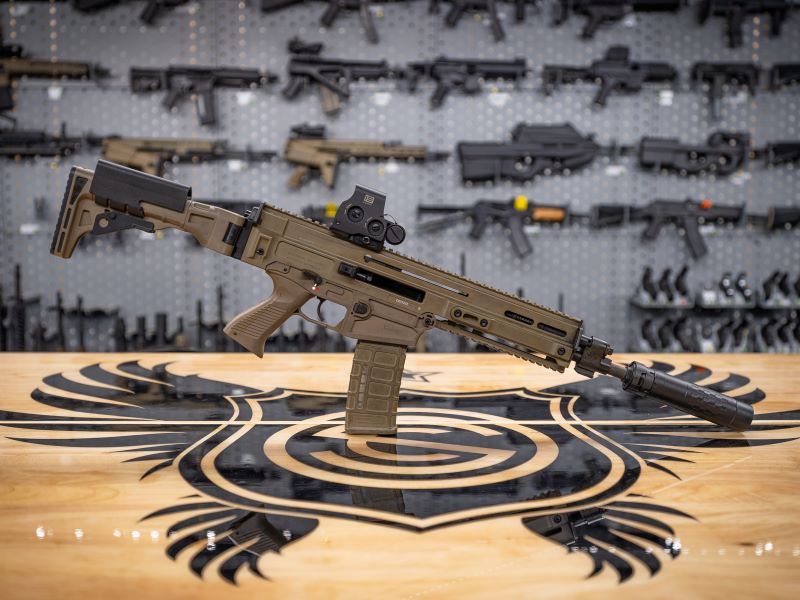
Right Barrel, Right Design
It is critical you pay attention to the shortest acceptable barrel length for your suppressor. This typically comes more into play with centerfire rifle cartridges. Handgun and rimfire cartridges generate much lower power. However, always double-check that the minimum barrel length coincides with the weapon you plan to suppress.
Hopefully, we’ve cleared up the confusion, and you now know why suppressors have a minimum barrel length.


